Lawrence Tureaud, famously known as Mr. T, rose from humble beginnings to become one of Hollywood’s most recognizable tough guys and an enduring cultural icon. Before he became the face of the “A-Team,” Mr. T’s journey began with a commitment to serving his country. Join us as we follow the military journey of Mr. T, paying tribute to his profound influence on both the world of cinema and the hearts of his fellow Americans. This story serves as a compelling testament to the incredible impact of unwavering dedication and self-belief.
Mr. T’s Early Life
Born on May 21, 1952, in Chicago, Illinois, Laurence Tureaud had a childhood marked by challenges and determination. Raised in a tough South Side neighborhood, Laurence Tureaud was the youngest of twelve siblings, and his early years were far from glamorous.

Growing up in a tight-knit African-American family, Mr. T faced adversity from a young age. Poverty was a constant companion, and his family struggled to make ends meet. Despite the odds stacked against him, he was determined to rise above his circumstances.
Mr. T attended Dunbar Vocational High School in Chicago, where he developed his formidable strength and athletic abilities. He excelled in sports, particularly in wrestling, earning a scholarship to Prairie View A&M University in Texas. This opportunity allowed him to pursue his passion for athletics and set him on a path to success.
However, life took an unexpected turn when Mr. T decided to leave college and return to Chicago. He took on various jobs to make ends meet, including working as a bouncer and a bodyguard. These experiences would shape his imposing physical presence and fearless attitude, which would later become his trademark.
In 1975, Mr. T received his draft notice during the Vietnam War era. His journey from a tough South Side neighborhood to international stardom is a testament to his resilience and unwavering belief in himself.
Mr. T.’s Military Service During Vietnam Era
Mr. T’s decision to enlist in the United States Army marked a significant turning point in his life during the turbulent years of the late 1970s. It was a period when the Vietnam War had ended, but the nation was still grappling with its aftermath, and many young men were facing the draft.
In 1975, Mr. T voluntarily chose to serve his country and became Pvt. Mr. T. He was stationed at the Military Police Patrol at the U.S. Army Training Center in Fort McCoy, Wisconsin, during his time in the military. His service involved patrolling military installations, maintaining order, and ensuring the safety and security of his fellow soldiers.
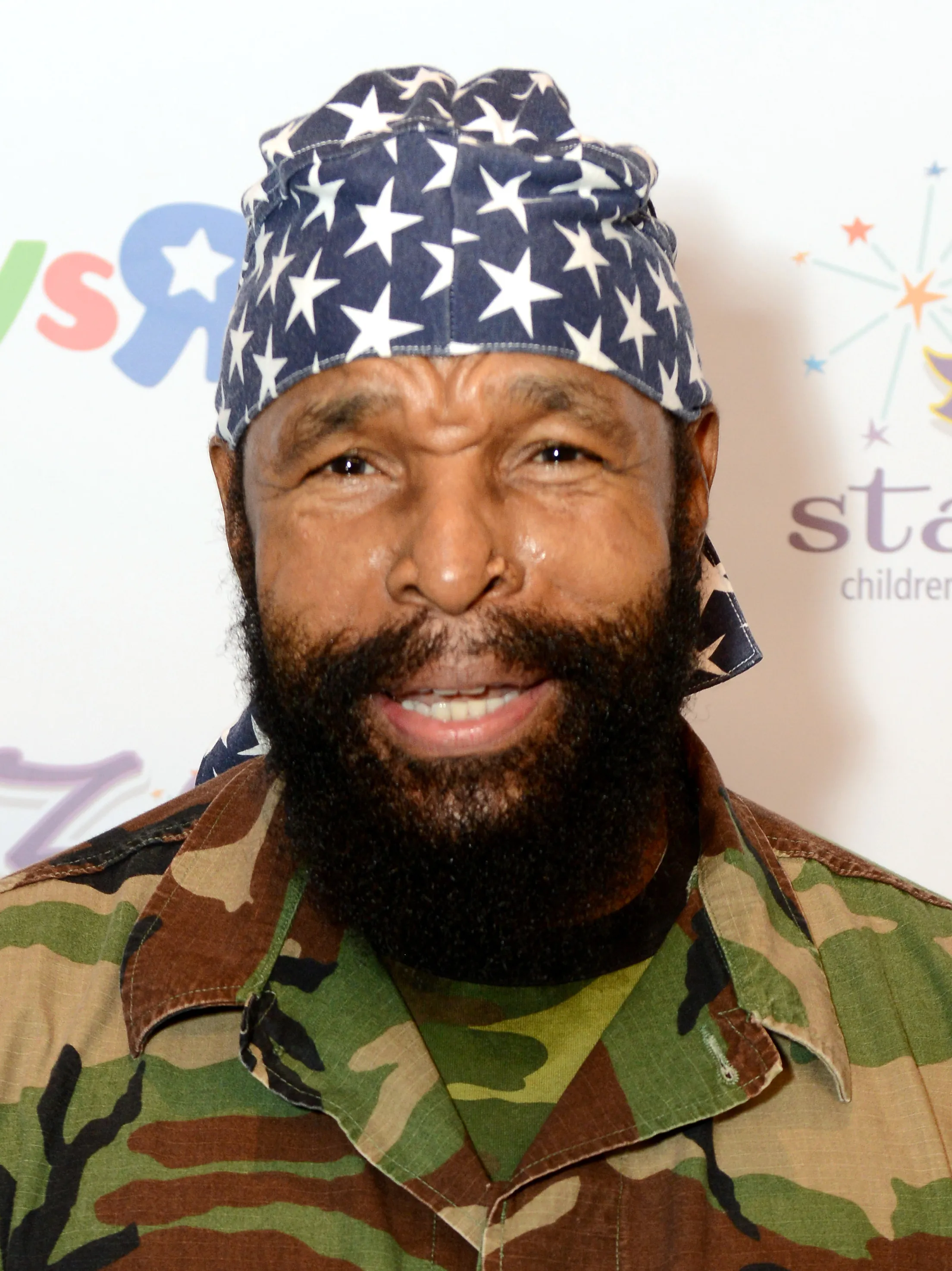
Mr. T. proved to be an exemplary soldier during his military service. He even received a commendatory letter from his drill sergeant, joined the Military Police Corps and became a squad leader while stationed at Fort McCoy, Wisconsin.

One anecdote from Mr. T’s service involves a punishment. In July 1976 his platoon sergeant punished him by giving him the detail of chopping down trees. The sergeant did not specify how many trees were to be cut down — so Mr. T single-handedly chopped down over 70 trees in the span of three and a half hours before being relieved of the detail.
Through his military service, Mr. T developed a profound sense of duty and responsibility. The discipline instilled in him during this period became an enduring part of his character, shaping his future path as a bodyguard, bouncer, and, ultimately, as the iconic B.A. Baracus in “The A-Team.” It was during these pivotal years that Mr. T forged the resilience, determination, and unshakable commitment that would define his career and make him a beloved figure in American pop culture.
Why Did Lawrence Tureaud Become Mr. T?
Lawrence Tureaud became Mr. T through a combination of his unique personality, physical presence, and iconic role on the television series “The A-Team.” He adopted the name “Mr. T” as a way to empower himself and assert his self-confidence. His trademark look, including his mohawk hairstyle, gold chains, and tough-guy attitude, became his signature style.

“I think about my father being called ‘boy,’ my uncle being called ‘boy,’ my brother, coming back from Vietnam and being called ‘boy,'” he told the Huffington Post. “So I questioned myself: ‘What does a Black man have to do before he’s given respect as a man?’ So when I was 18 years old, when I was old enough to fight and die for my country, old enough to drink, old enough to vote, I said I was old enough to be called a man. I self-ordained myself Mr. T, so the first word out of everybody’s mouth is ‘Mr.'”
The Hollywood Star and Pop Culture Icon: Mr. T
After Mr. T received an honorable discharge from the Army, he ventured into the world of entertainment. His unique appearance and captivating personality made him stand out. Initially, he pursued a career as a celebrity bodyguard such as Steve McQueen, Michael Jackson, Diana Ross, and renowned boxers like Muhammad Ali and Joe Frazier. He gained so much recognition that he even appeared on an NBC television program that featured the toughest bouncers worldwide. It was during this exposure that Sylvester Stallone first discovered him. Sylvester Stallone played a significant role in Mr. T’s rise to stardom when he cast him as his main opponent, “Clubber Lang,” in the film “Rocky III.”
Stallone and Mr. T’s dedication to authenticity can be seen in their intense fight scene, where they exchanged real blows. Their agreement was simple: if they couldn’t recall the choreography, they would genuinely hit each other. This commitment to realism left a lasting impression on viewers and fans.
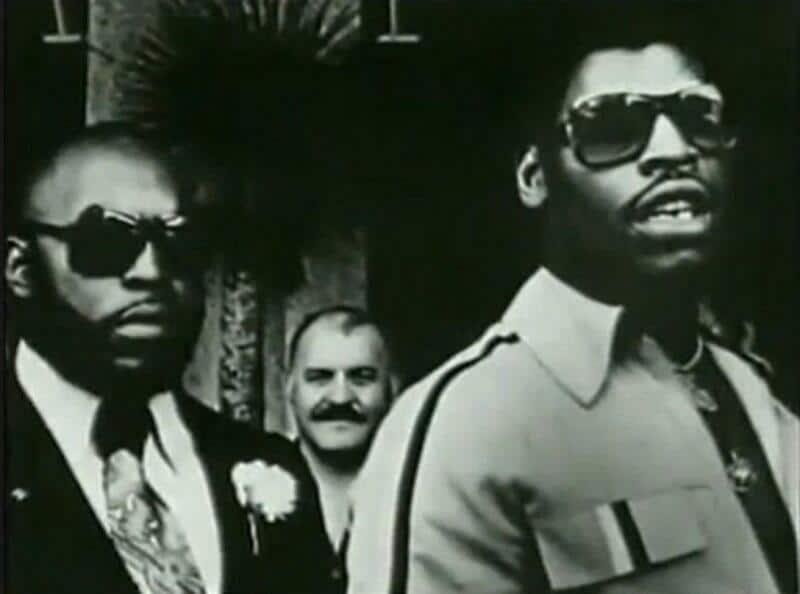
Following his breakout role, Mr. T made appearances in a string of films and television shows. He even had one project named after himself. In addition, he formed a memorable partnership with Hulk Hogan, participating in World Wrestling Federation events. Mr. T portrayed the iconic character B.A. Baracus in the television series “The A-Team.”
Mr. T’s Charity Work
Mr. T is known for his extensive charity work, demonstrating a strong commitment to giving back to the community and helping those in need. Over the years, he has been involved in various charitable endeavors and philanthropic activities. There are the most notable aspects of Mr. T’s charity work:
- Cancer Advocacy: Mr. T himself battled and overcame T-cell lymphoma, a rare form of cancer. Following his recovery, he became an advocate for cancer awareness and regularly visited cancer patients to offer support and encouragement.
- Children’s Charities: He has been actively involved with children’s charities and organizations that focus on improving the lives of young people. His efforts often include participating in events, fundraisers, and visits to children’s hospitals.
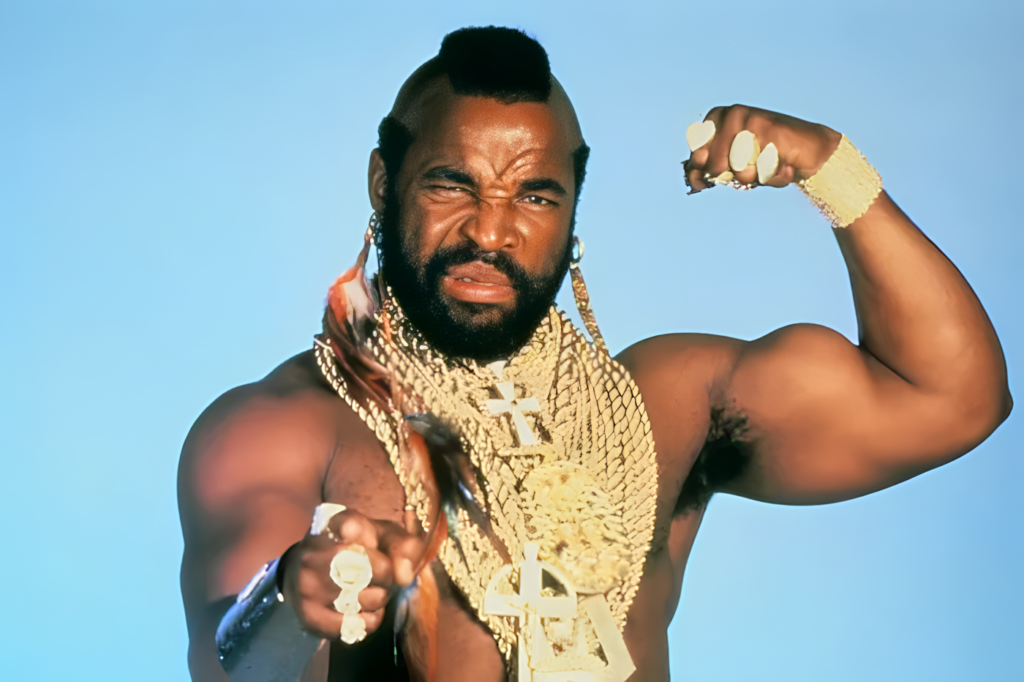
- Veteran Support: Mr. T has a deep respect for the military and veterans. He has been engaged in various initiatives aimed at supporting and honoring U.S. military personnel and veterans, including visiting military bases and participating in veterans’ events.
- Homelessness Awareness: The iconic gold chains he wears are a reminder of his personal experience with poverty and homelessness before finding fame. He has used his platform to raise awareness about homelessness and has supported initiatives aimed at providing shelter and assistance to homeless individuals.
- Youth Mentorship: Mr. T has often served as a mentor and motivational speaker, particularly for at-risk youth. He encourages young people to make positive life choices, avoid drugs, and stay in school.
- Anti-Bullying Campaigns: Given his tough-guy image, Mr. T has taken a strong stance against bullying. He has been part of anti-bullying campaigns, delivering messages of empowerment and kindness to combat this issue.
- Community Engagement: He frequently engages with local communities, offering his time and resources to help those facing hardships. Whether it’s providing holiday meals to families in need or participating in neighborhood events, Mr. T has consistently demonstrated his commitment to community well-being.
Mr. T’s philanthropic efforts have made a positive impact on many lives, showcasing the softer, compassionate side of the iconic tough guy.
“I Pity The Fool:” Mr.T’s Cancer Recovery and Comeback
By the early 1990s, Mr. T’s fame was waning, primarily attributed to his deteriorating health. In 1995, medical professionals diagnosed the actor with T-cell lymphoma, a type of cancer. His most recent diagnosis occurred in 2005, and in response to it, he said:
“I pity the fool who just gives up. We all gonna die eventually from something or other, but don’t be a wimp. Put up a good fight. Don’t sit around waiting for death. We can be tough. We can be determined. Go out and have some fun and make death find you! We can be living with cancer, not dying from it. We can be cancer survivors.“

Mr. T made a comeback to television in 2006 with his own reality show, titled “I Pity the Fool.” In this series, Mr. T embarked on a journey from one town to another, offering advice, and resolving issues. The show had a run of six episodes. Additionally, Mr. T continued to make appearances in television commercials. Mr. T took on a role in the home renovation show called “I Pity the Tool,” which debuted on the DIY Network in 2015.

Mr. T’s military service played a crucial role in shaping the man and the icon we know today. His journey from the military to the world of entertainment exemplifies the power of determination and the ability to transform adversity into strength. TogetherWeServed recognizes and honors a true American icon who continues to inspire generations with his unwavering commitment to self-improvement and his dedication to serving his country.
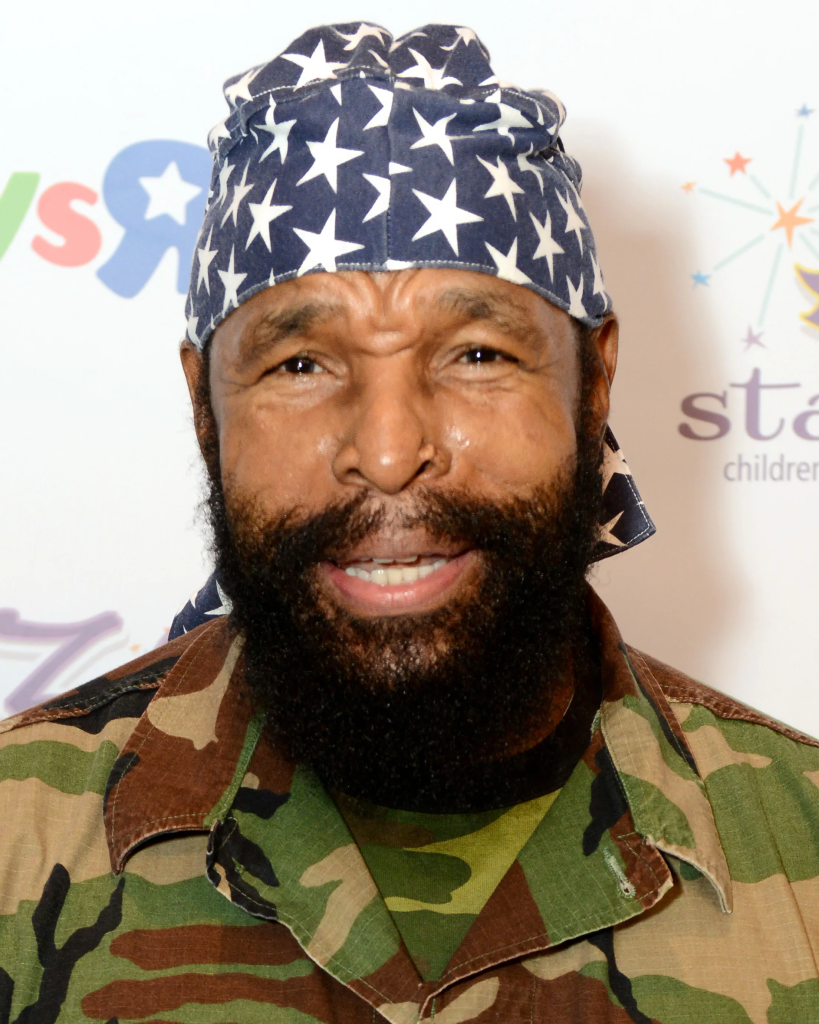
Read About Other Celebrities Who Served
If you enjoyed learning about Mr. T’s service in the military, we invite you to read the stories of other remarkable celebrities who served on our blog. In addition to our profiles of celebrities who served, we share military book reviews, veterans’ service reflections, famous military units and more on the TogetherWeServed.com blog. If you are a veteran, find your military buddies, view historic boot camp photos, build a printable military service plaque, and more on TogetherWeServed.com today.
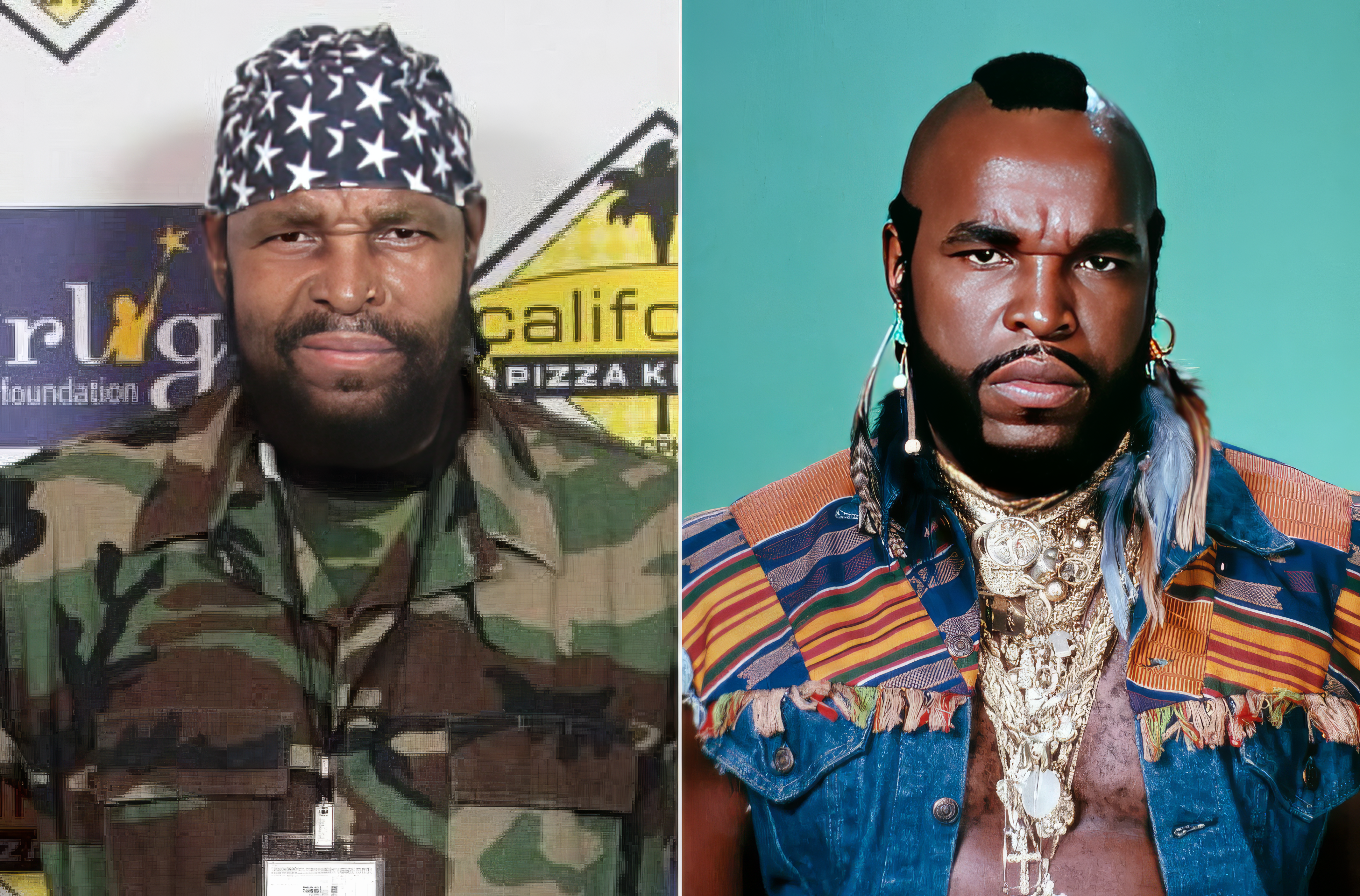
The story has a glaring error in it relative to Laurence Tureaud’s military service. He could not have received a draft notice in 1975. The report date on the last draft notice ever sent was Friday, December 28, 1972. No one was drafted during 1873 and subsequent years, including 1975. Mr. T was not facing the draft. In fact, even those with report dates of December 28, 1972, were not drafted because all Federal Offices were closed that day due to an Executive Order from President Richard Nixon honoring President Harry Truman, who died on December 26, 1972.
Exactly. He wasn’t in the Regular Army, he wasn’t drafted or received a draft notice, he wasn’t a squad leader, so many errors here. Here’s the deal. He enlisted in the ILARNG’s 333d MP CO., did Basic and AIT, went back to his unit, did ONE Annual Training at McCoy, and AWOL’ed out. He wasn’t a Corporal (that photo is from Basic, where squad leaders and platoon guides wore armbands back then). Basically, his entire exaggerated military “career” is bullshit. Maybe just repeated by people who don’t know better, maybe because he exaggerated some of it in his biography, who knows. But it’s on his DA 2-1, which is out there in Internetland…
You are so correct on the draft notice. 1) I joined Nov.1974 (no draft) 2) I went to Ft. Polk, LA for a “visit of Hell” for 8 weeks from June -Aug ’75. The Drill Sgts. put it in plain simple English the first two days. “You all enlisted because there is no draft now. So, we are giving to you what WE want you to have!” Each Drill Sgt. wore a CIB (Combat Infantry Badge) from their prior Viet Nam service. I thank Mr. T for the service he gave as an MP and some the great shows he always gives us. (I retired as a cop myself in civilian life.)
Squad leader is not a rank. It’s a job title or position.